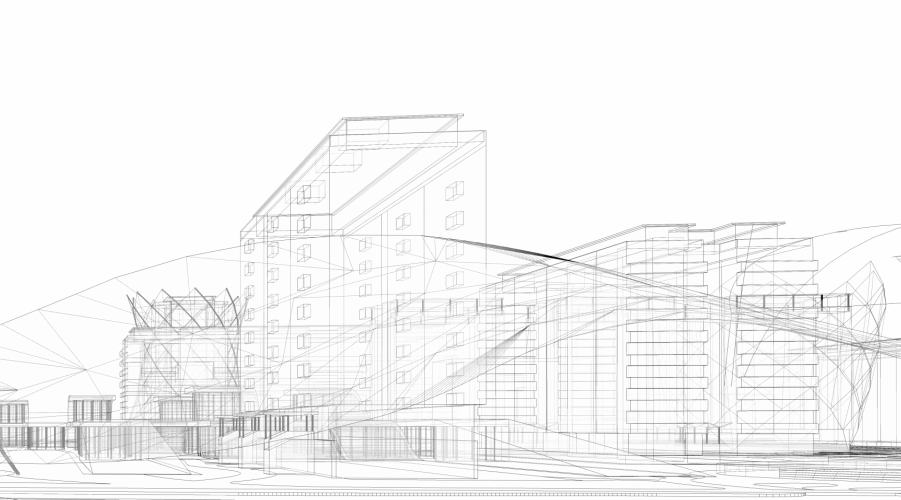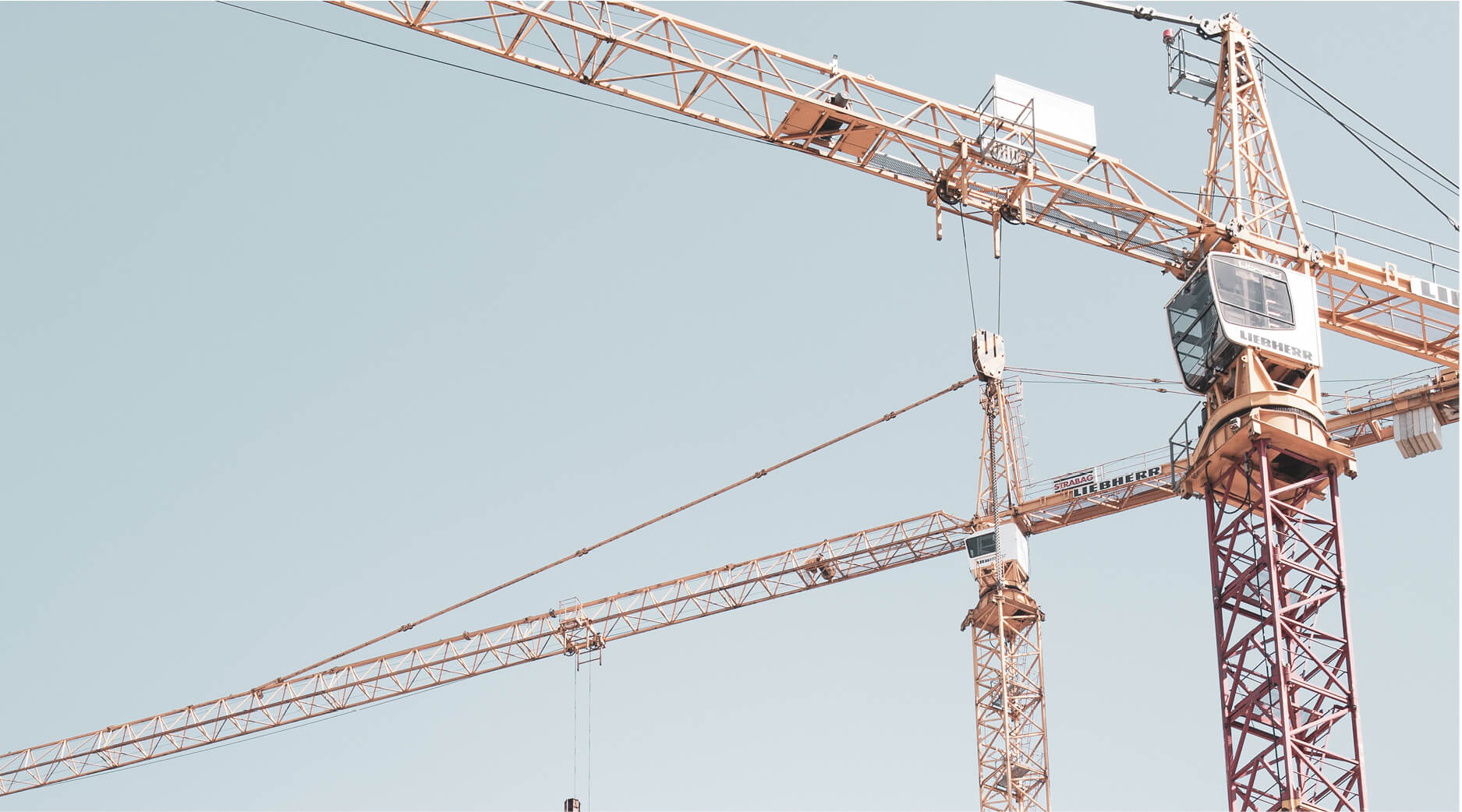
"We have all the time in the world", sang Louis Armstrong. Not when it comes to claims, you don't. A recent judgment handed down by the Technology and Construction Court (TCC) has struck out a claim in contract on the grounds that it was time-barred, and cited the recent Court of Appeal decision in URS Corporation Ltd v BDW Trading Ltd (which we wrote about here) with reference to the point at which a cause of action in tort accrues. This case will be of interest to all those involved in defects claims, particularly where the defects have arisen a long time after the work in question was carried out, and highlights the value of executing contracts as deeds wherever possible.
As we explained in our recent article, the Court of Appeal's judgment in URS Corporation Ltd v BDW Trading Ltd (URS v BDW) provided invaluable guidance on the rights of developers to bring claims in respect of defects under the Defective Premises Act 1972 and the Civil Liability (Contribution) Act 1978. We noted that the judgment also dealt with the important issues of the nature and extent of professionals' liability in tort and the date when a cause of action in negligence for economic loss accrues – with the Court of Appeal confirming the general position that such rights accrue at the date(s) of practical completion.
However, in URS v BDW, the court was dealing with a situation where no physical damage had occurred (i.e. a claim for economic loss only). By contrast, in the recent case of Vinci Construction UK Ltd v (1) Eastwood and Partners Ltd (2) Snowden Seamless Floors Ltd v GHW Consulting Engineers Ltd (Vinci v Eastwood) physical damage had occurred. The TCC, relying on URS v BDW, found that where physical damage has occurred the cause of action in tort accrues on the date of damage.
The case of Vinci v Eastwood centred around a faulty floor slab, in respect of which the design & build contractor (Vinci) brought a claim against its sub-contractor (Snowden) and sub-consultant (Eastwood). Snowden, in turn, sought an indemnity and/or contribution from its own design sub-consultant (GHW). GHW made applications for reverse summary judgment and strike out of Snowden's claims.
The main thrust of GHW's arguments was that Snowden's claims were time-barred. The court had this to say:
- Snowden and GHW had entered into a standstill agreement which suspended time running for the purpose of any limitation defence from the date of the agreement, being 7 May 2021. Snowden's claim against GHW was issued on 8 April 2022 but due to the standstill agreement, this was to be treated for limitation purposes as if it had been issued on 7 May 2021. This was therefore the key date – if the time-period for a claim had already expired prior to 7 May 2021 then the standstill agreement could not resurrect that claim.
- it was common ground between the parties that any claims under the contract by Snowden against GHW were time-barred. Unlike the contracts between the employer and Vinci, and between Vinci and Eastwood and Snowden, which had all been executed as deeds, the contract between Snowden and GHW was a simple contract, meaning that it was subject to a 6-year limitation period rather than a 12-year period. The works had been completed by about August 2013 and the parties agreed that any breach of contract must have been more than 6 years prior to 7 May 2021 (being the date of the standstill agreement). Snowden's claim for breach of contract was therefore bound to fail and it was struck out.
- as to the claim in tort, this was a case where physical damage had occurred and so the cause of action accrued on the date of the damage. The limitation period for a claim in tort is generally 6 years from the accrual of the cause of action, subject to certain exceptions. The court found it was clear that physical damage had occurred more than 6 years prior to the material date of 7 May 2021. However, that was not necessarily the end of Snowden's claim in tort because Snowden relied on section 14A of the Limitation Act which provides for a potentially longer limitation period.
- section 14A(4)(b) of the Limitation Act provides a limitation period of 3 years from the earliest date on which the claimant had both the knowledge required for bringing an action for damages in respect of the relevant damage and a right to bring such an action. The 'knowledge' required includes knowledge that the damage was attributable in whole or in part to the act or omission which is alleged to constitute negligence. Snowden submitted that it did not have the requisite knowledge until 25 May 2018, which was less than 3 years prior to the material date of 7 May 2021. The court commented that GHW held the burden of proof to demonstrate that Snowden was aware, or should have been aware, more than 3 years prior to 7 May 2021, that the damage was attributable, in whole or in part, to defective design (being the essence of the complaint pleaded against Snowden by Vinci and which Snowden was seeking to pass on to GHW).
- the court was not in a position to reach a concluded view on the date on which Snowden had actual or constructive knowledge that the defects were attributable to GHW without conducting a mini trial on the documents and such an approach would be contrary to the principles applicable on an application for summary judgment. The court therefore dismissed GHW's application for summary judgment and/or strike out in respect of the claim in tort and this point will need to be decided at trial.
- Snowden's claim against GHW under the Civil Liability (Contribution) Act, which is subject to a 2-year limitation period commencing on the date of judgment or final settlement of the underlying claim, was not struck out and the parties have been given the opportunity to plead their respective cases on this claim in order to define the scope of the issues to be determined.
The situation which the parties found themselves in in this case is not uncommon and the case serves as a timely reminder of some basic principles. Importantly, the contracts in a contractual chain such as this should be "back-to-back" insofar as possible, including the limitation periods and execution provisions. If a party has been engaged via a contract or appointment which has been signed as a deed, it will be subject to a 12-year limitation period. By not 'back-to-backing' this when entering into a sub-contract/sub-appointment, it generates a potential point of exposure where a party might not be able to flow down responsibility to a sub-contractor/sub-consultant which has acted negligently.
Whilst it might be possible to rely on a claim in tort, this case shows that is far from straightforward and it is clearly preferable to be able to rely on a contractual cause of action. It is also important to obtain collateral warranties, executed as deeds. While an employer under a building contract will usually look to pursue its main contractor in the first instance where there is a defect in the works, the potential for a main contractor to become insolvent highlights the need to ensure that an employer has appropriate warranties in place with any sub-things go wrong.
If defects do appear then it is highly advisable to work out the applicable limitation periods at an early stage and either issue protective proceedings or enter into appropriate standstill agreements, being alive to the possibility of differing limitation periods in the contractual chain. Above all else, do not leave the commencement of claims until the last minute. Also be aware that a standstill agreement will not assist if, as here, it is found that the limitation period for certain claims has already expired by the date of the standstill agreement.
Next steps
Our Construction & Engineering team has a wealth of experience of defects claims and dealing with tricky limitation issues similar to those which arose in this case. If you would like to discuss any of the issues raised in this article, please do get in touch, we'd be delighted to hear from you.




